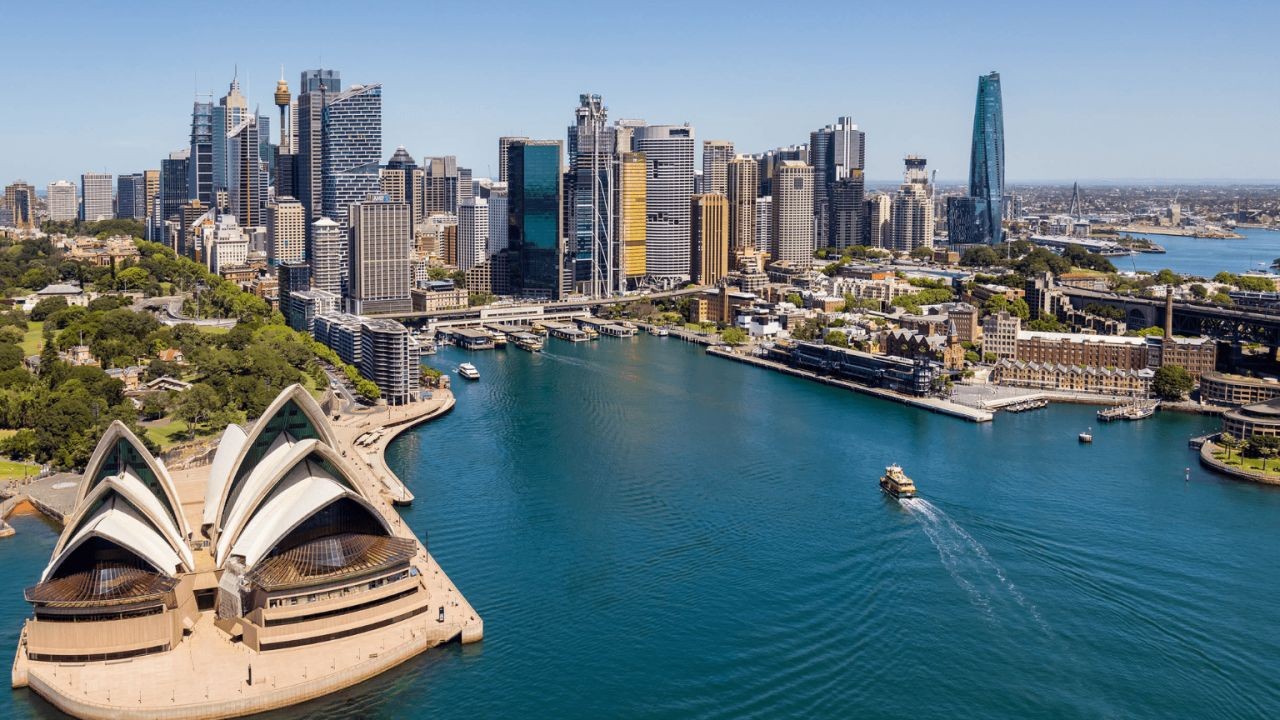As the world grapples with environmental challenges, New Zealand has positioned itself at the forefront of sustainability, implementing key environmental policies that are pivotal to the nation’s future. These policies are not merely ecological imperatives; they are strategic decisions shaping the economic landscape, presenting opportunities and challenges for investors, businesses, and policymakers. This article delves into five key environmental policies reshaping New Zealand, providing an insightful look into their implications for the nation’s economy and industries.
The Zero Carbon Act: Navigating the Path to Net Zero
New Zealand’s Zero Carbon Act is a landmark policy aiming to achieve net zero carbon emissions by 2050. This ambitious target aligns with the global consensus for mitigating climate change but has unique implications for New Zealand’s economy.
Data Insight: According to Stats NZ, the agriculture sector, which constitutes about 48% of New Zealand’s total greenhouse gas emissions, is central to this policy. The act mandates reducing biological methane emissions by 10% by 2030 and 24-47% by 2050.
Case Study: Fonterra’s Sustainable Dairy Initiative
Problem: As a leading global dairy exporter, Fonterra faced the challenge of maintaining productivity while reducing emissions.
Action: Fonterra introduced the “Sustainable Dairying: Water Accord” and invested in research for low-emission feed supplements.
Result: Within four years, Fonterra reduced its energy intensity by 20% and improved water efficiency by 30%.
Takeaway: This illustrates the potential for combining sustainability with profitability in New Zealand’s agriculture sector.
Emissions Trading Scheme: Balancing Economic and Environmental Goals
The Emissions Trading Scheme (ETS) is New Zealand’s primary tool for reducing greenhouse gas emissions. It encourages companies to innovate towards lower emissions by making them accountable for their carbon output.
While it poses a challenge for high-emission industries, it also incentivizes investments in renewable energy and clean technologies.
Pros vs. Cons Analysis
- Pros: Encourages innovation, aligns with international climate commitments, and generates revenue for sustainable projects.
- Cons: Can increase operational costs for businesses, leading to potential pass-through costs to consumers.
renewable energy Strategy: Powering a Sustainable Future
New Zealand is committed to generating 100% of its electricity from renewable sources by 2035. This strategy is pivotal, given the country’s abundant hydroelectric resources and growing wind and solar capacities.
Industry Insight: A report by MBIE highlights that transitioning to renewable energy could reduce electricity costs by 20% over the next decade, offering a competitive advantage to energy-intensive industries.
Plastic Reduction Policies: Steering Towards a Circular Economy
New Zealand’s plastic reduction policies aim to eliminate single-use plastics, fostering a circular economy. This policy encourages businesses to innovate in packaging and product design.
Case Study: Local company Innocent Packaging switched to compostable alternatives, resulting in a 15% increase in market share within two years.
biodiversity Strategy: Preserving Natural Heritage
New Zealand’s biodiversity Strategy focuses on protecting and restoring native ecosystems. This policy not only preserves natural heritage but also promotes eco-tourism, a significant economic contributor.
Data Insight: According to the Department of Conservation, eco-tourism contributes approximately NZD 1.7 billion annually, highlighting its economic significance.
Myth vs. Reality: Debunking Common Misconceptions
- Myth: Environmental policies hinder economic growth.
- Reality: Evidence suggests that sustainable practices can lead to cost savings and market advantages. A 2021 study by the University of Auckland found that businesses adopting green technologies reported a 30% increase in efficiency.
- Myth: renewable energy is unreliable.
- Reality: Advances in storage technology and grid management have made renewable energy more reliable than ever.
Future Trends & Predictions
Looking ahead, New Zealand’s commitment to sustainability is likely to drive further innovations in green technology. The Reserve Bank of NZ predicts that by 2030, green finance will constitute 25% of all investment products, reflecting a shift towards environmentally responsible investing.
Conclusion
New Zealand's environmental policies are not merely regulatory frameworks but catalysts for economic transformation. They present unique opportunities for investors, entrepreneurs, and policymakers willing to embrace sustainable practices. As the nation strides towards a greener future, these policies will undoubtedly play a pivotal role in shaping its economic landscape. What are your thoughts on New Zealand’s environmental policies? Share your insights and join the conversation below!
People Also Ask
- How does the Zero Carbon Act affect businesses in New Zealand? The Zero Carbon Act pushes businesses towards sustainability, offering opportunities for innovation while ensuring compliance with emissions targets.
- What are the biggest misconceptions about renewable energy in New Zealand? A common myth is that renewable energy is unreliable, but advancements in storage and infrastructure have enhanced its stability.
- Who benefits most from New Zealand's biodiversity strategy? The biodiversity strategy benefits eco-tourism operators, local communities, and conservation projects, enhancing economic and environmental outcomes.
Related Search Queries
- New Zealand environmental policies 2023
- Impact of the Zero Carbon Act on NZ businesses
- renewable energy initiatives in New Zealand
- New Zealand biodiversity strategy outcomes
- Emissions Trading Scheme New Zealand
- Plastic reduction strategies in NZ
- Eco-tourism growth in New Zealand
- Sustainable agriculture in New Zealand






























